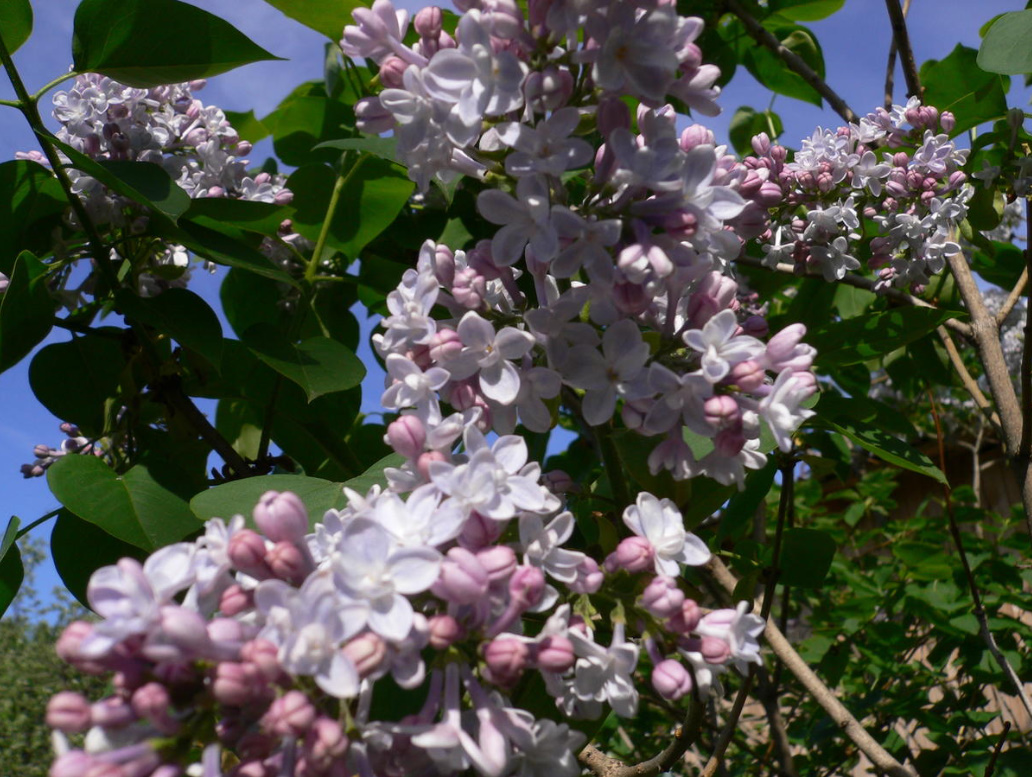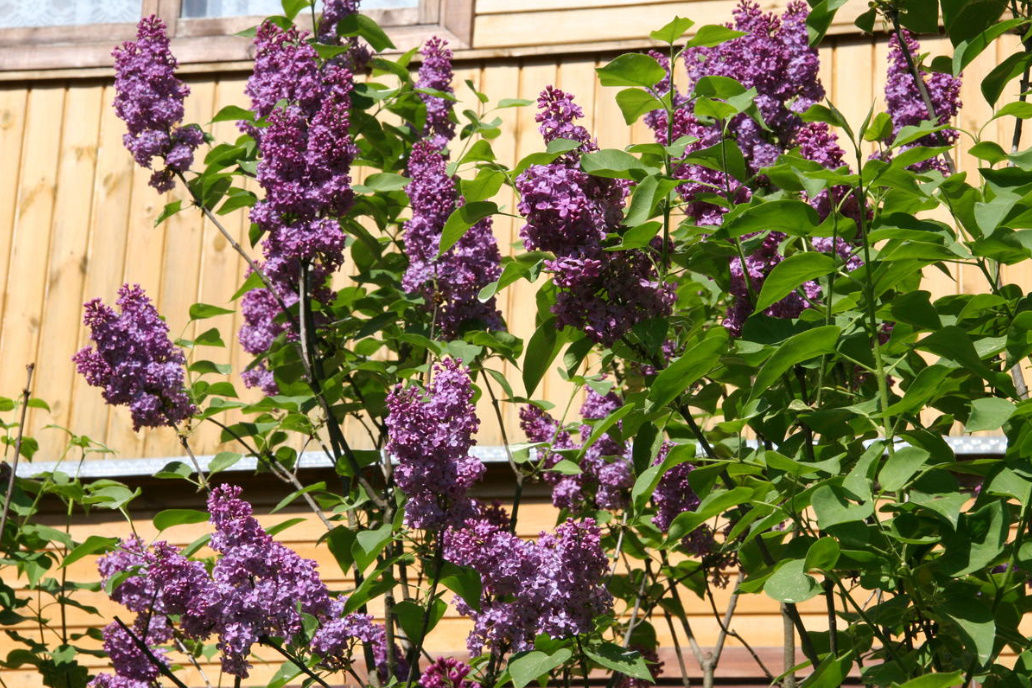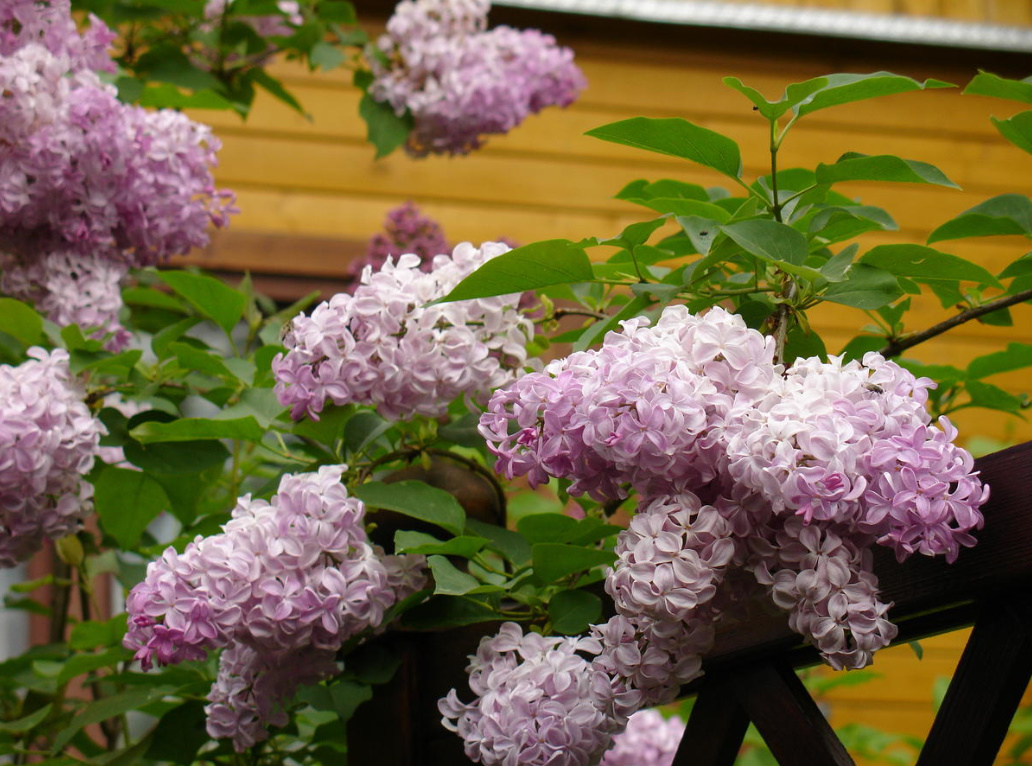Lilac blooms are not just a holiday. It’s the time of the year! Everything around — both blooming and not blooming — is pushed into the background, everything that smells suddenly loses its fragrance, unable to resist the arrival of blooming lilac into the world. We admire the multicolored clouds, draw a thick smell by handfuls, bathe in it. All lilacs are good in bloom, even “mongrels”, repeating the fate of Cinderella once a year, and even varietal…
Each of us can multiply this beauty, we just need to listen to the advice of professionals. Today, the vice-presidents of the International Lilac Society Colin Chapman give advice.
To break or not to break?
I ask myself this question on behalf of so many novice flower growers. Following a stereotype that has long penetrated into our consciousness, people are convinced that lilacs should be broken, not cut. So is it true that the more you break lilacs into bouquets, the more luxuriantly it blooms next year?

And I answer: that’s not true! Speaking in the language of the times, one can even call such a statement purposeful sabotage of enemies of the people who planned to destroy all the lilacs. How many rare varieties have already been destroyed by “beauty lovers” who do not care what may happen to the bush after meeting them!
If the bush turns out to be grafted, then only a non-grade rootstock can remain from it; if the lilac was root-related, how can it bloom more luxuriantly if the branches are barbarically broken together with those buds that would give flowering shoots next year? Terrible wounds on the branches and stems are not treated or covered up by anyone, at the site of injuries, plant damage by various diseases is possible.
In recent years, I have come face to face with this problem in my garden. My collection has grown, and those bushes that I planted along a low fence began to be subjected to regular night raids. Even the rosehip planted in a solid strip on the other side of the fence does not save.

Trying to get the inflorescences, aesthete intruders sometimes break out not only whole skeletal branches, but also entire trunks. And imagine what’s going on with the collection of lilacs in the areas open to the public!
The curator of the collection has repeatedly covered this problem in her publications and TV appearances: “Do not break the lilac ever, for any purpose, even if you really want to. If you hear or read that it is necessary to break, do not believe it. There is a pruner.”
Vice President’s Advice
Lilacs grow well in the sun, on neutral soils, but can put up with calcareous and acidic. Soils with high acidity should be limed. Flowering will decrease if you plant lilacs where they will be shaded by other plants, for example, in shrub borders or if you allow them to grow so large that the lower branches will be in the shade.
After planting, it will take about three years before the flower brushes can demonstrate their true size.
Lilacs grow better in the form of multi-stemmed bushes. You should aim to leave about 10 trunks of varying thickness, removing one or two each fall, and then the plants will constantly recover from the base.
Keep the center of the bush sufficiently open and ventilated to prevent diseases. Try to form a bush in the form of a wide bowl. When forming pruning, which is performed in early spring, before the sap flow begins, or sanitary, which can be carried out throughout the year, trim the branches at the V-shaped crossing, at the “halfway” of the branch — such pruning stimulates growth.

Refrain from removing faded brushes too soon after flowering, so as not to sacrifice next year’s flowering due to carelessness. Wait until the border between the withered inflorescence and the buds from which the shoots will develop, which will bloom next spring, becomes clearly visible.
When buying, give preference to root-related lilac, and not grafted, because often the growth coming from the rootstock clogs the varietal graft. Ask your local nursery for rare varieties — the owners of the nursery will not deliver them if they do not find out that there is a demand for them.


















